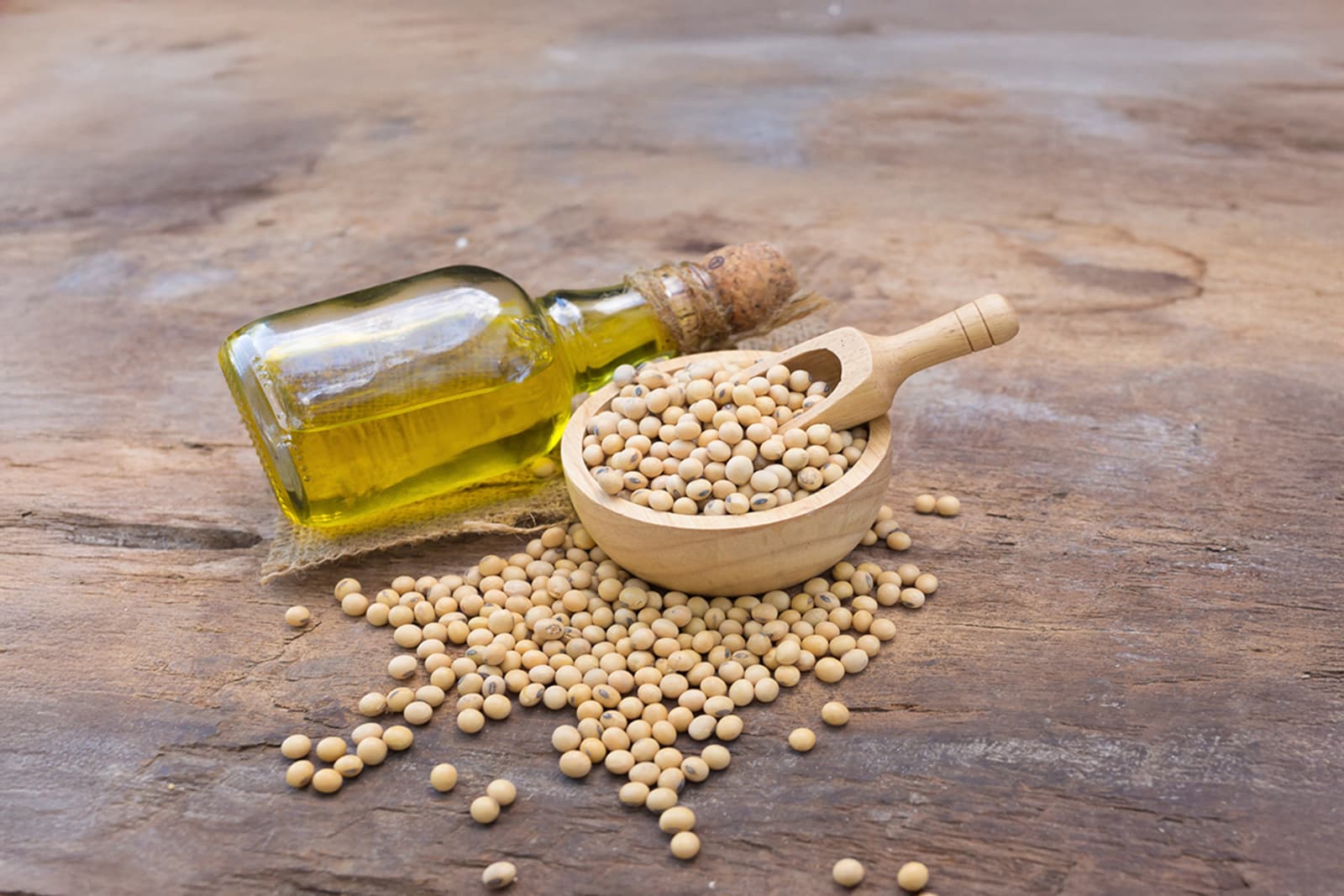“You’re not really short, you’re just born soy in nature.”
The Solution
The solution that Cropin has recommended for a sensitive crop value chain such as soy would be a credible and feasible traceability and supply chain management system which can track each farm process involved in the value chain and connect each stakeholder in the soy chain through an AI-driven platform. The system should be able to capture the details of the non-pre financed soy suppliers regarding their farming practices and compare the sustainability parameters as defined by the government and other compliance agencies. This ensures maximum productivity, achieved through sustainable methods.
Cropin has in the past, has successfully implemented solutions to enable the soy value chain with capabilities of improved productivity and efficiency in functionality. Cropin’s pioneering product suite, SmartRisk transformed the soy value chain for one of the Cropin’s prestigious client by utilising high-frequency satellite imagery and cadastral mapping-based opportunity identification and provided the complete picture of a specific landholding by analysing a variety of data points — from chlorophyll index and NDVI values to water stress. Cropin leveraged SmartRisk™ to predict the yield and provide production forecasts for the client and was able to bring a radical change in productivity levels and connect stakeholders across the soy value chain for the client.
Cropin’s newest technological marvel SmartFarm Plus for instance, is a pioneering product that would be a true game-changer in soy crop value chain management. SmartFarm Plus harnesses the power of AI and ML technologies to deliver high-performance deliverables to the farm.








